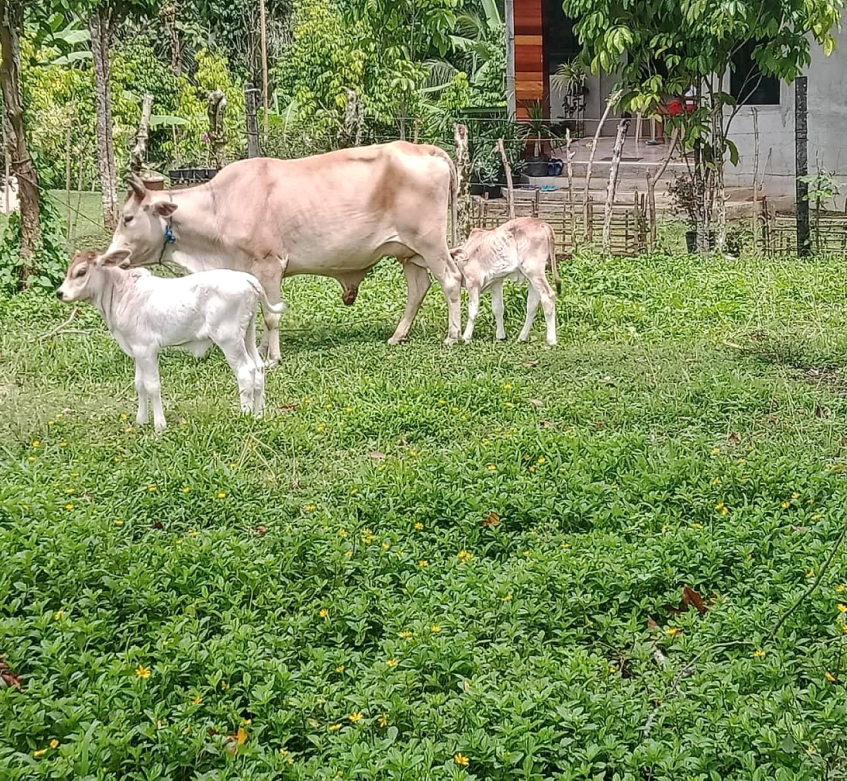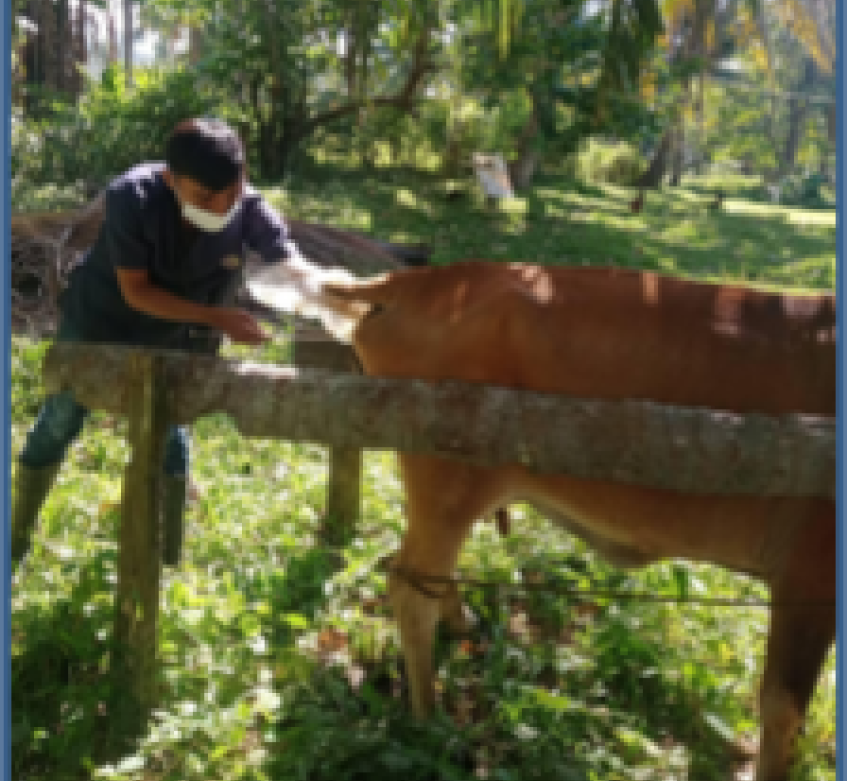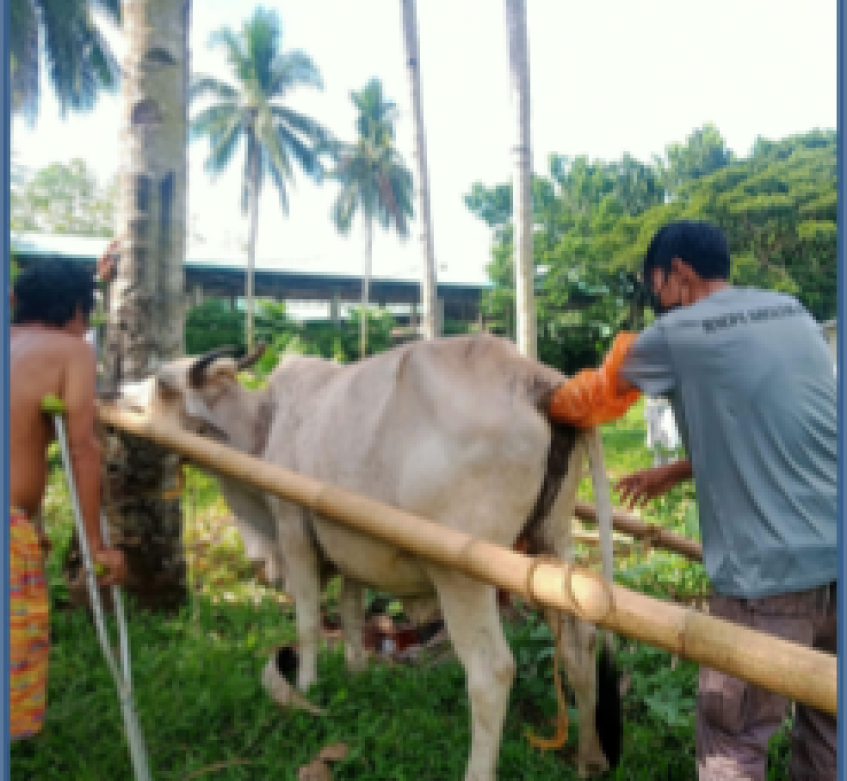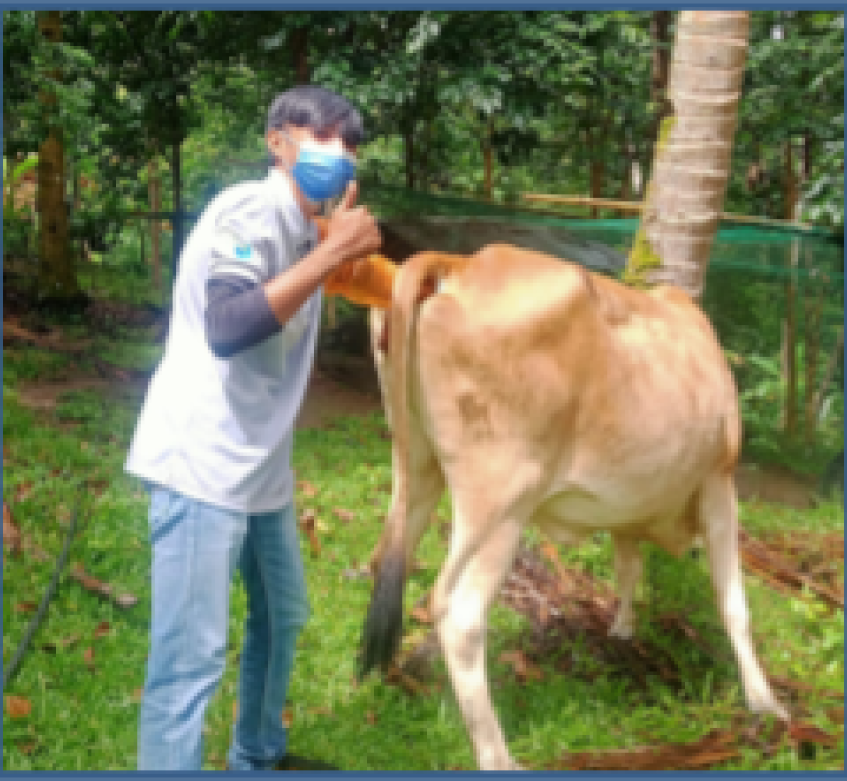PROVINCIAL VETERINARY OFFICE
I. DESCRIPTION:
The Provincial Veterinary Office has the mission to be in the frontline of establishing and developing the livestock industry in the province in support to its Food Security Program. With this mission, the office has established and sustained various programs and projects that properly address the needs and concerns of the livestock and poultry farmers for veterinary services.
II. ORGANIZATIONAL CHART
DESCRIPTION
The Provincial Veterinary Office has the mission to be in the frontline of establishing and developing the livestock industry in the province in support to its Food Security Program. With this mission, the office has established and sustained various programs and projects that properly address the needs and concerns of the livestock and poultry farmers for veterinary services.
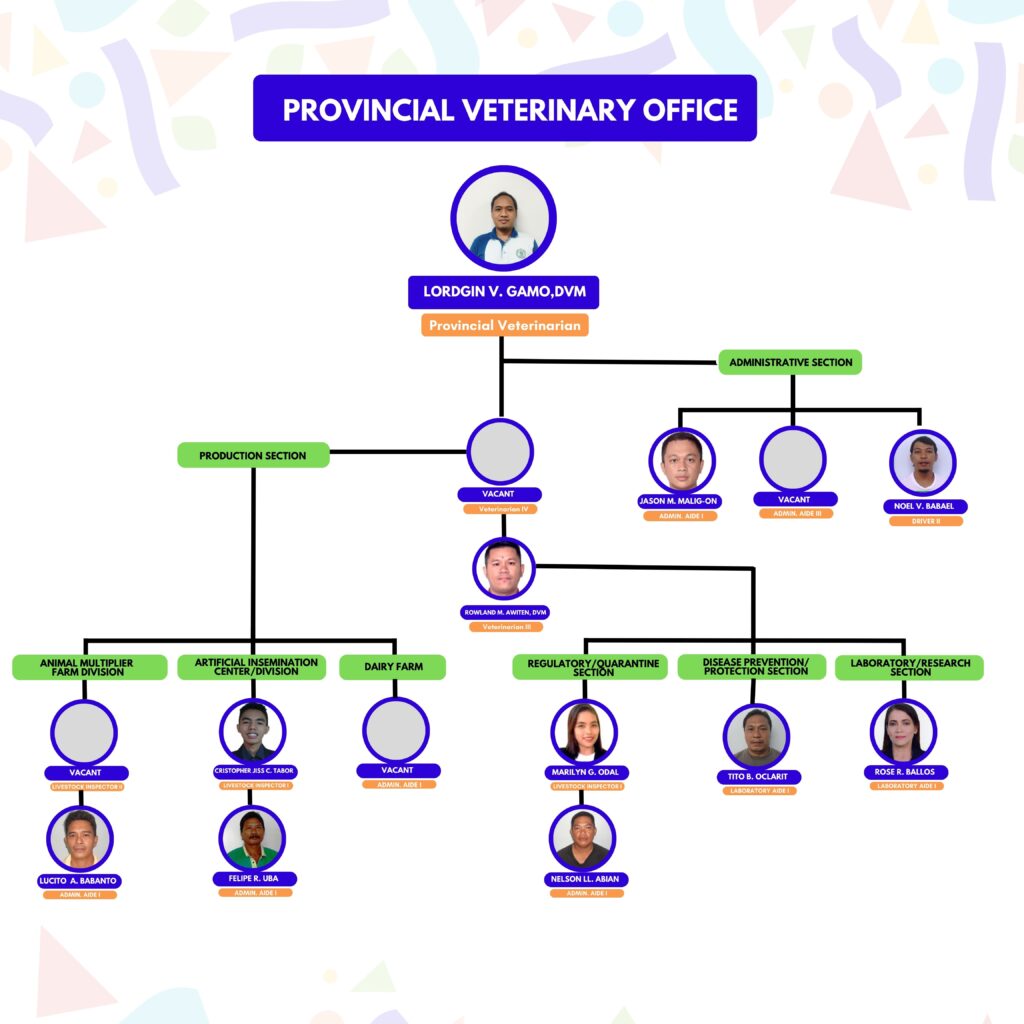
CAMIGUIN DAIRY DEVELOPMENT PROGRAM
SUSTAINABILITY OF RABIES CONTROL PROGRAM
LIVESTOCK AND POULTRY DISEASE PREVENTION AND PROTECTION PROGRAM
PROGRAMS AND PROJECTS
1. LIVESTOCK/POULTRY PROTECTION AND DISEASE PREVENTION
- PROJECT COMPONENT:
- Mass Animal Vaccination
- Animal Treatment
- Other Related Activities
This project aims to prevent occurrence of contagious animal diseases such as hemorrhagic septicemia in the island. It also offers animal deworming. For effective implementation, the project conducts mass animal vaccination twice a year, or once in every semester province-wide. Unlike other practices, our Livestock Technician will be visiting the farmers in all barangays in house-to-house basis knocking every door to offer the services. Animal treatment and other animal concerns are constantly available to walk-ins.

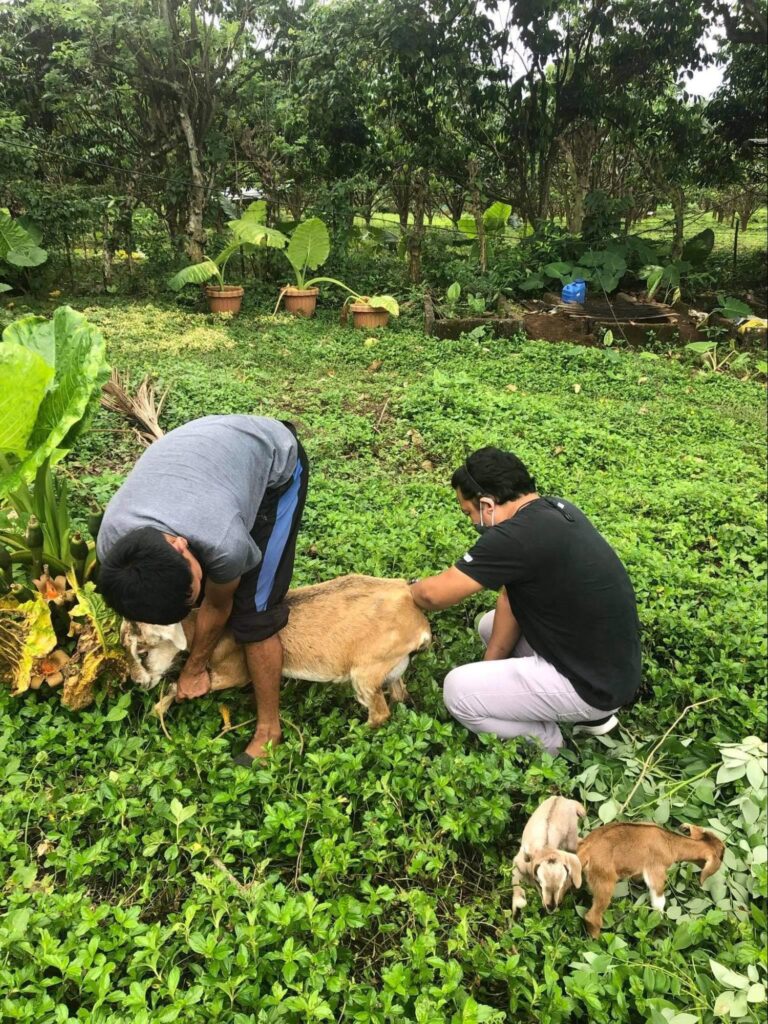
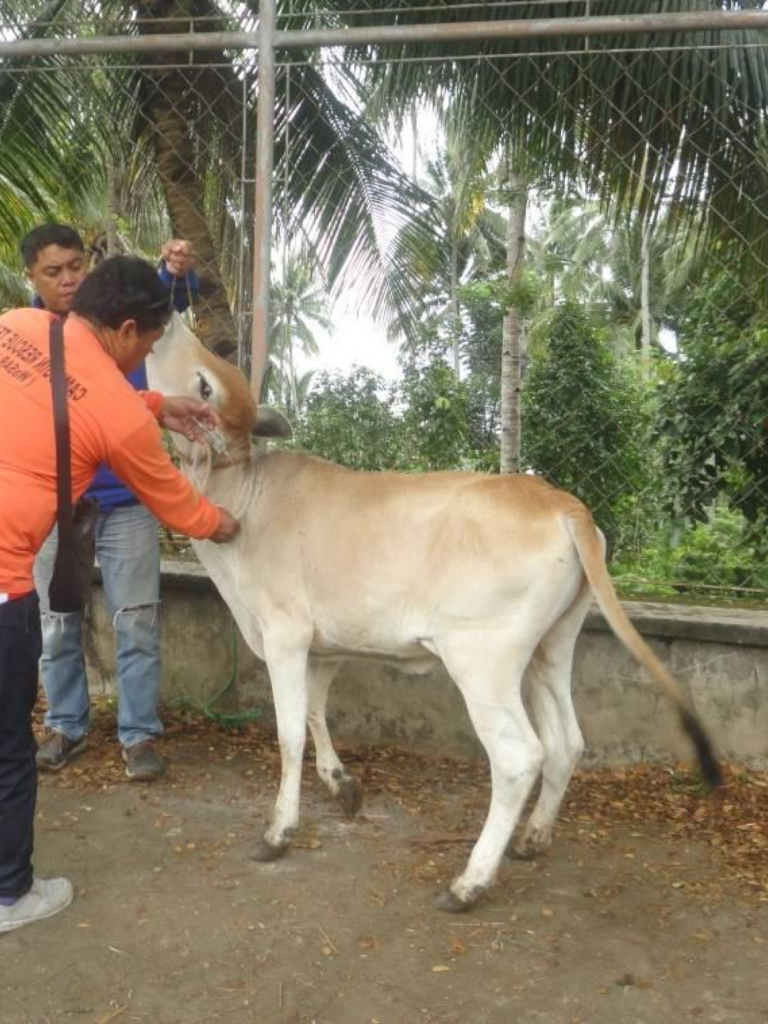
2. CAMIGUIN DAIRY DEVELOPMENT
The project is designed to address the malnutrition program in the province. The dairy herd is now yielding milk in sufficient volume. As envisioned, underweight/malnourished children in the island are now benefitting from this milk, as the province has started implementing milk feeding program in schools with high record of severely wasted malnourished children.
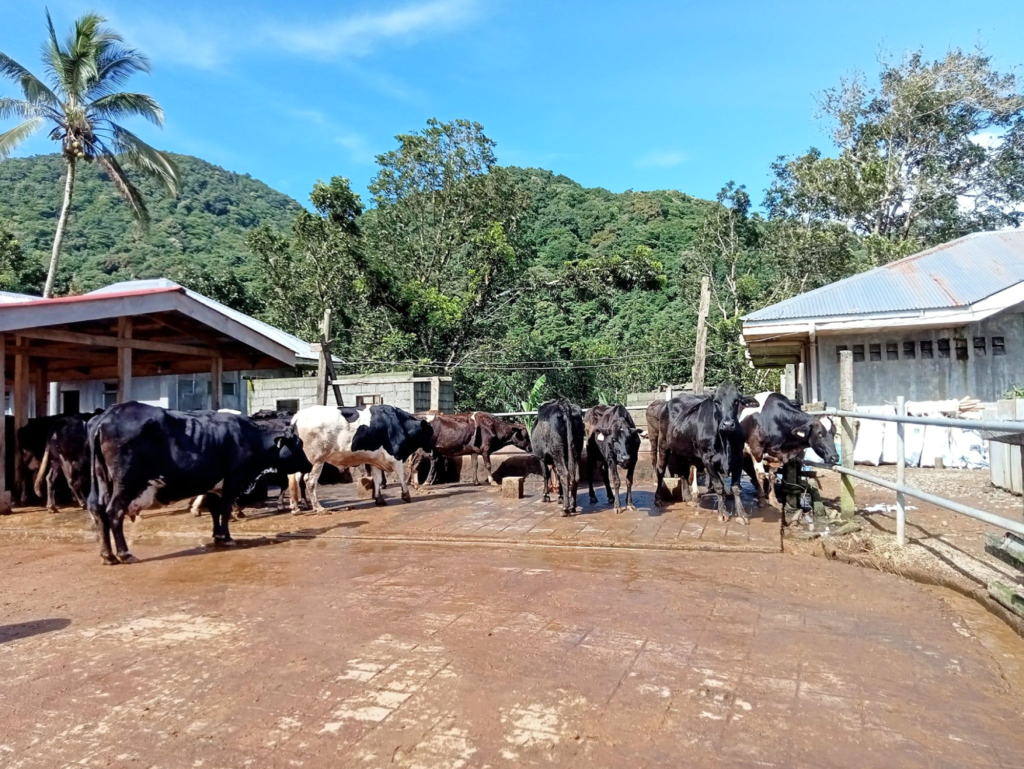

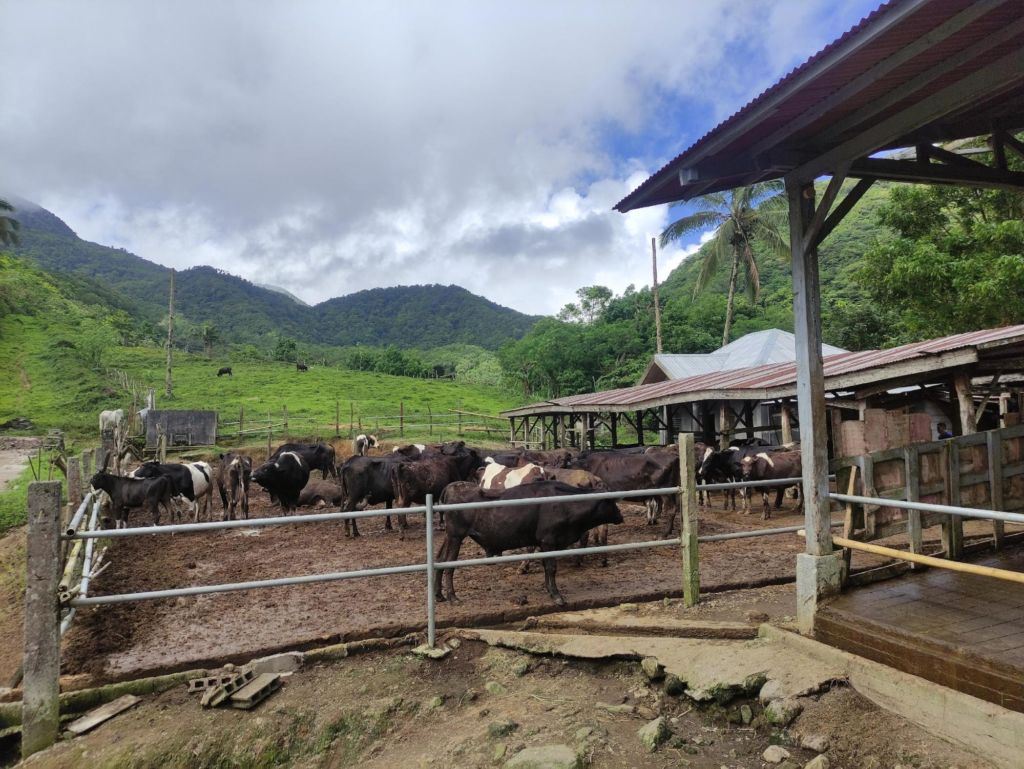
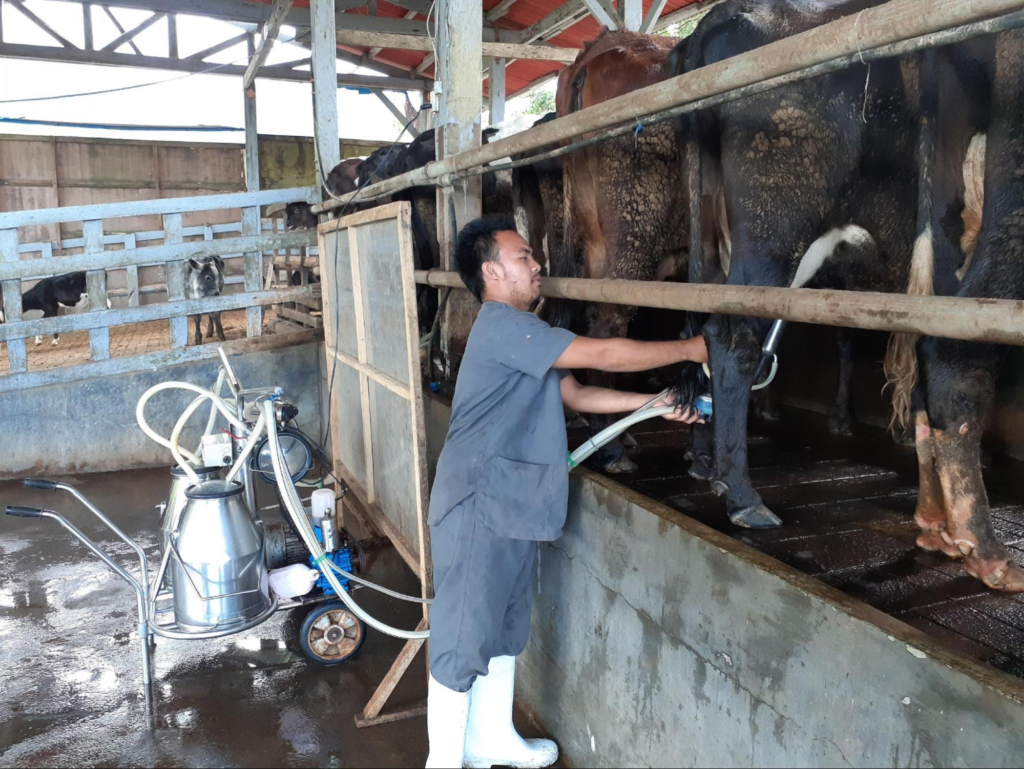
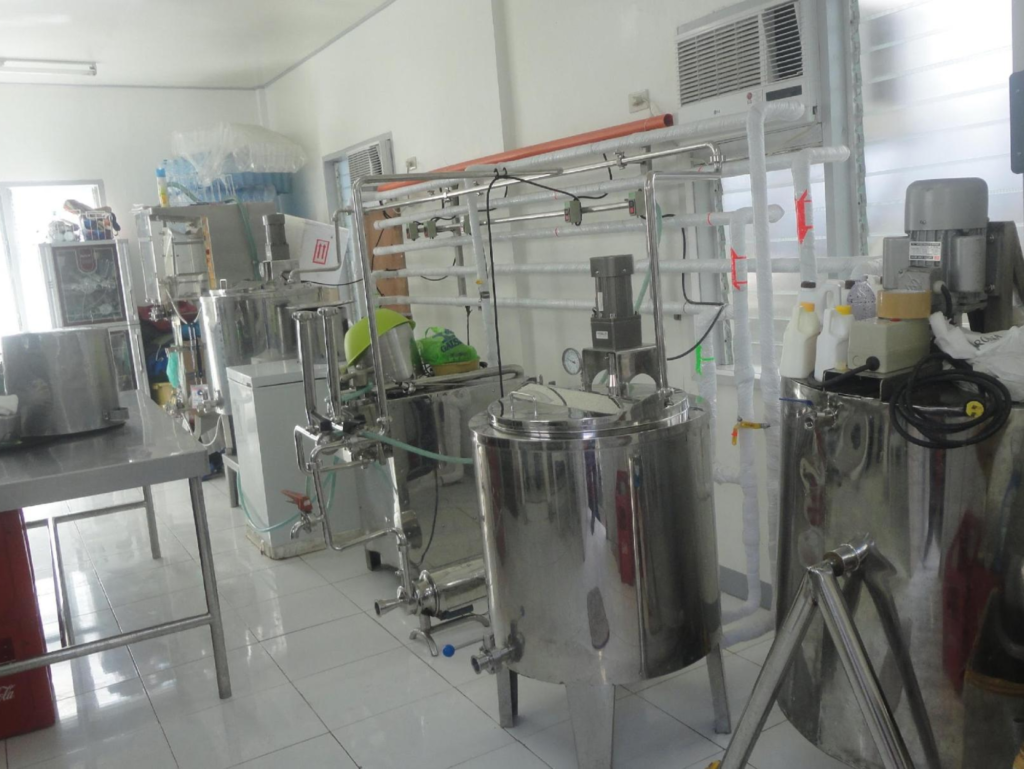
3. LIVESTOCK PRODUCTION AND UPGRADING /ANIMAL BREEDING PROGRAM PROJECT COMPONENT:
A. Provincial Animal Breeding Center
B. Upgrading of Livestock through Artificial Insemination
One of the components of this program is the Provincial Animal Breeding Center, which maintains parent stocks of livestock for production purposes in order to ensure available sources of hybrid animals. The center serves as a show window to encourage the livestock farmers incline to this kind of farming. The center also is the sources of swine dispersal, and the boars therein are the sources of semen in swine artificial insemination.

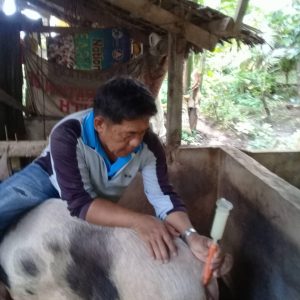
4. UPGRADING OF LIVESTOCK THROUGH ARTIFICIAL INSEMINATION (SMALL AND LARGE ANIMALS)
Artificial Insemination is a method of inducing pregnancy, the process in which male gametes known as spermatozoa are collected and introduced artificially into the female genital tract for the purpose of fertilization. This program is designed to upgrade the genetic make-up of the livestock, and reduce the spread of reproductive diseases. The Project was started long before with the coordination among DA–BAI, JICA/JOC NABC. It is served throughout the province. Semen for small animals is sourced from the Provincial Animal Breeding Center in Mahinog, Camiguin, while frozen semen for large animals is purchased at National Artificial Breeding Center (NABC), including the Liquid Nitrogen for semen preservation.
5. SUSTAINABILITY OF RABIES CONTROL PROGRAM PROJECT COMPONENTS
- Mass Rabies Vaccination
- Other Related Activities
The program is a preventive measure in controlling occurrence of rabies in the island-province. To effectively implement the program, the office, aside from conducting rabies vaccination province-wide once in every semester or twice a year, gives rabies vaccine to walk-in’s whole year round.
The information and education campaign concerning the program is also strengthened. Hanging of streamers, installation of tarpaulin and streamers reached up the far-flung areas and highland barangays in the province, and rabies brochures were widely disseminated. Accomplishment follows;
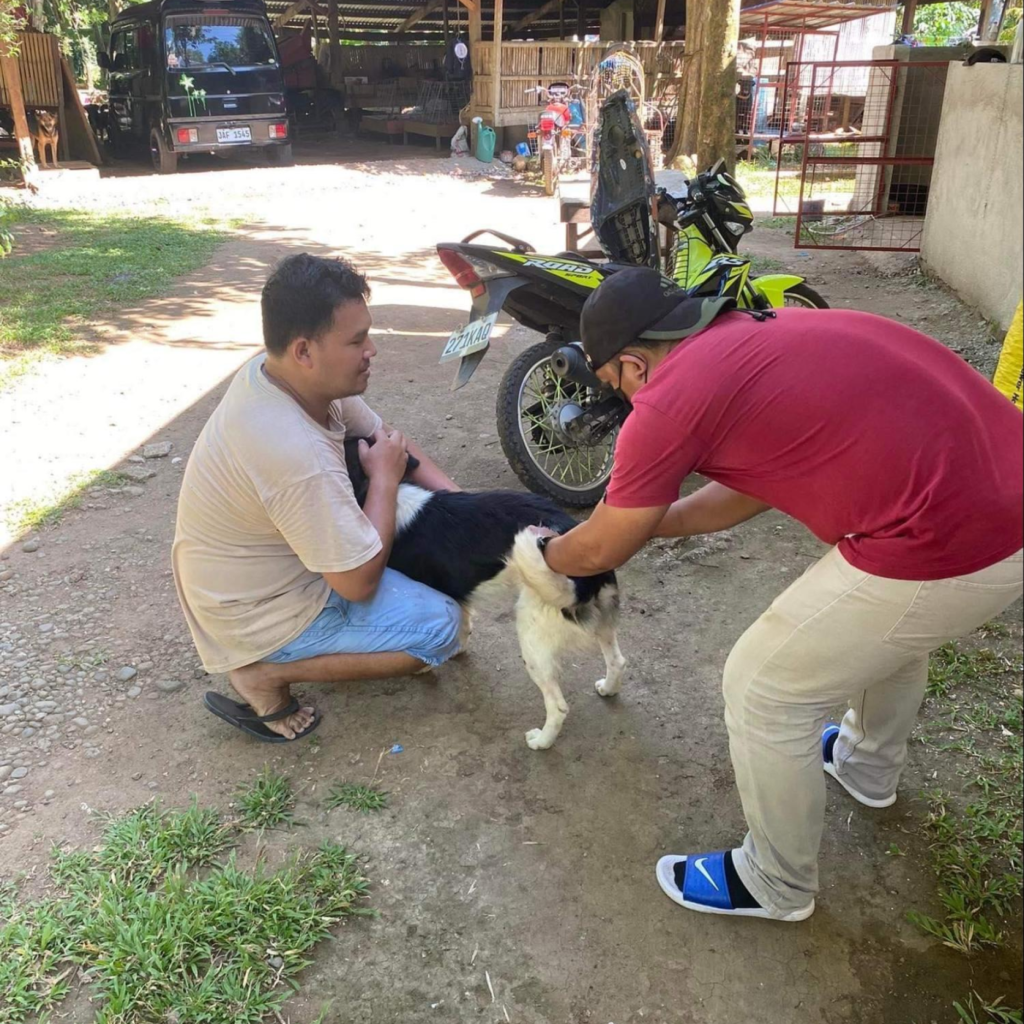
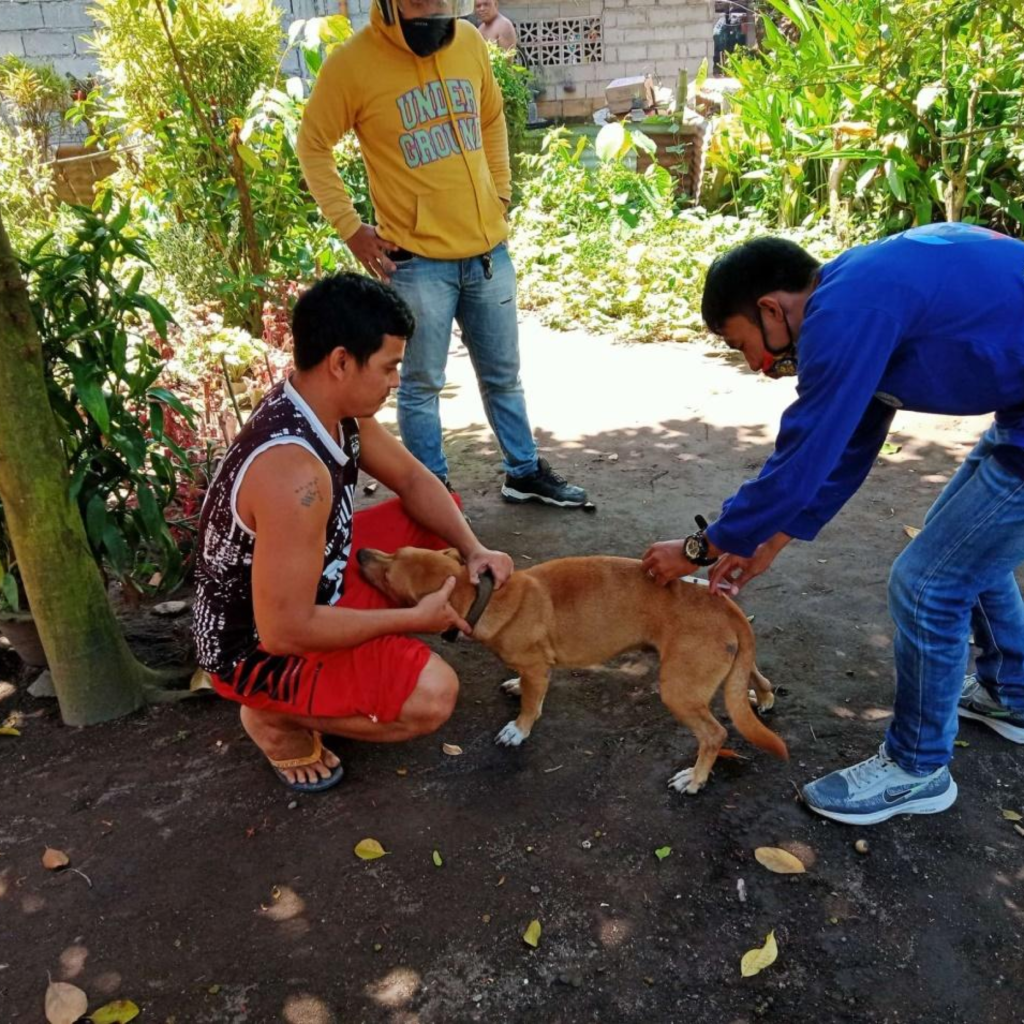
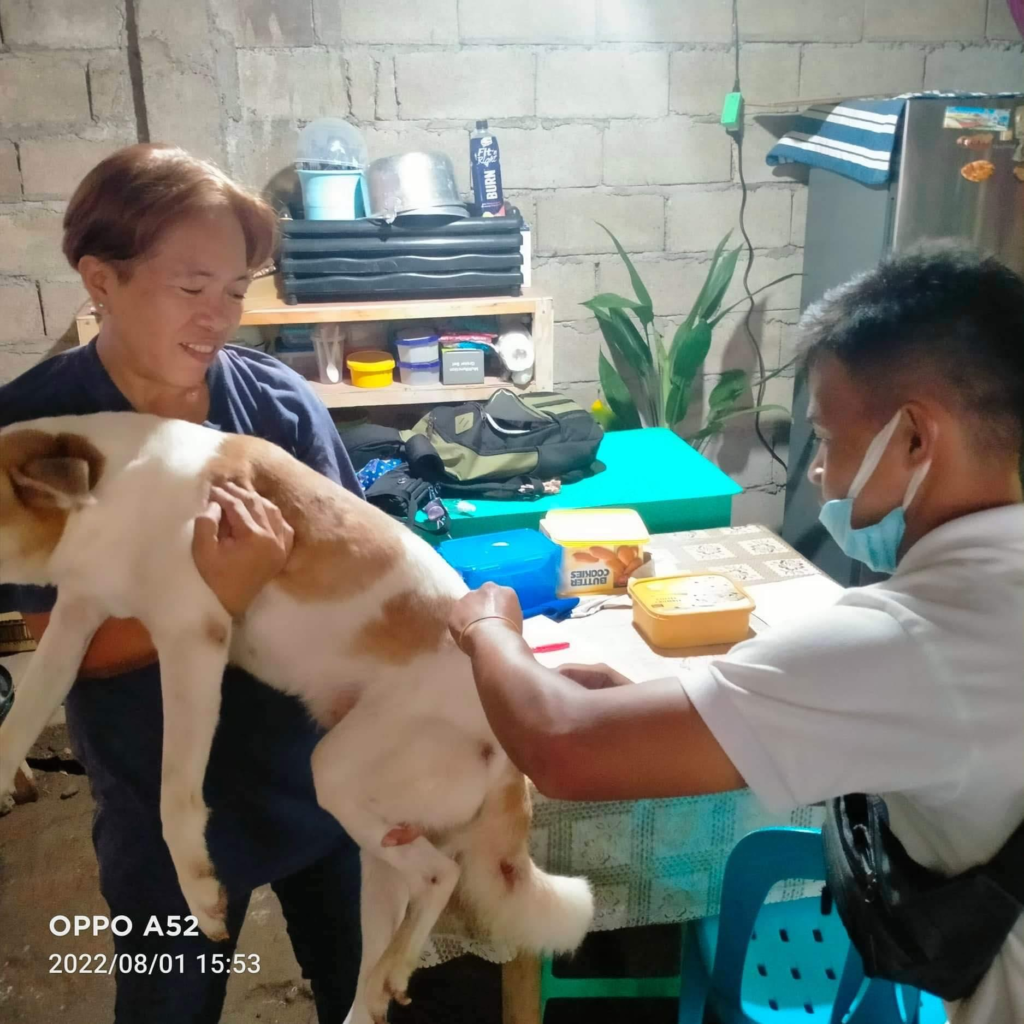
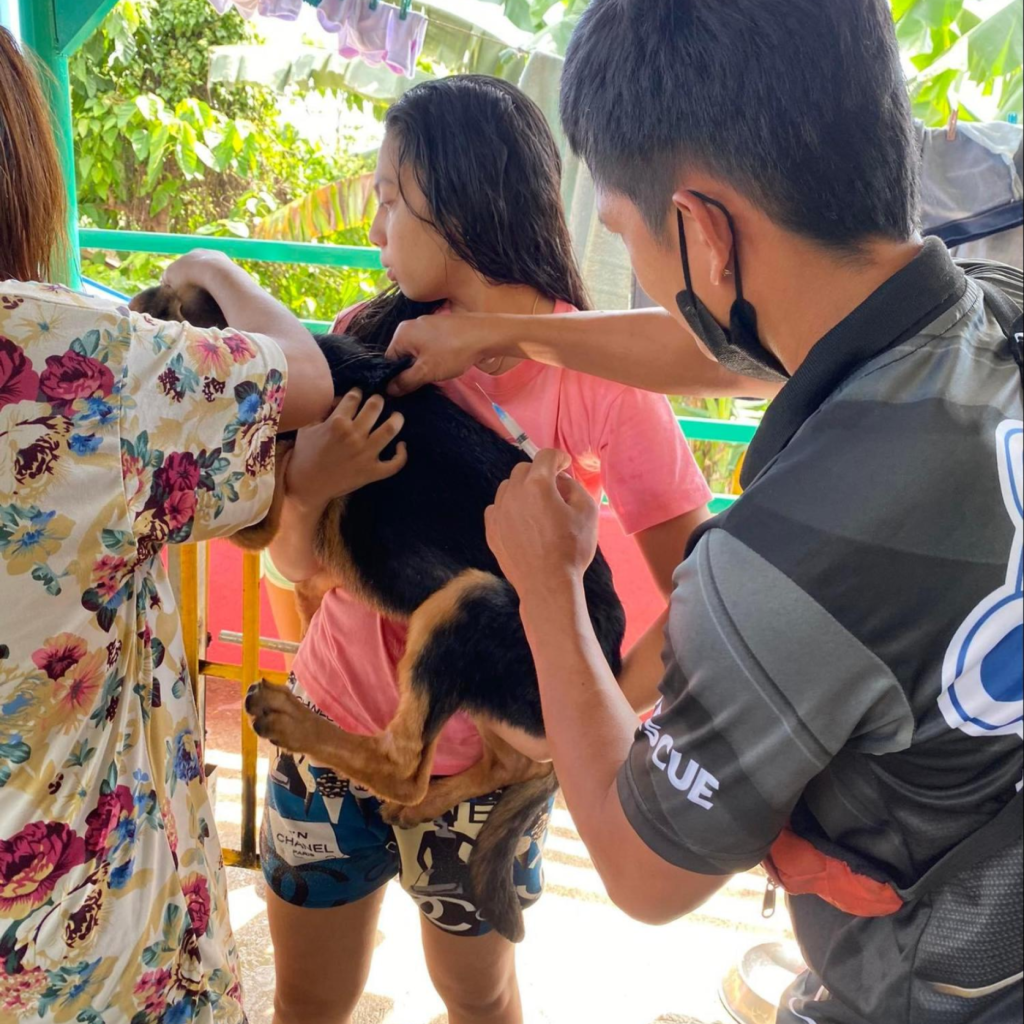

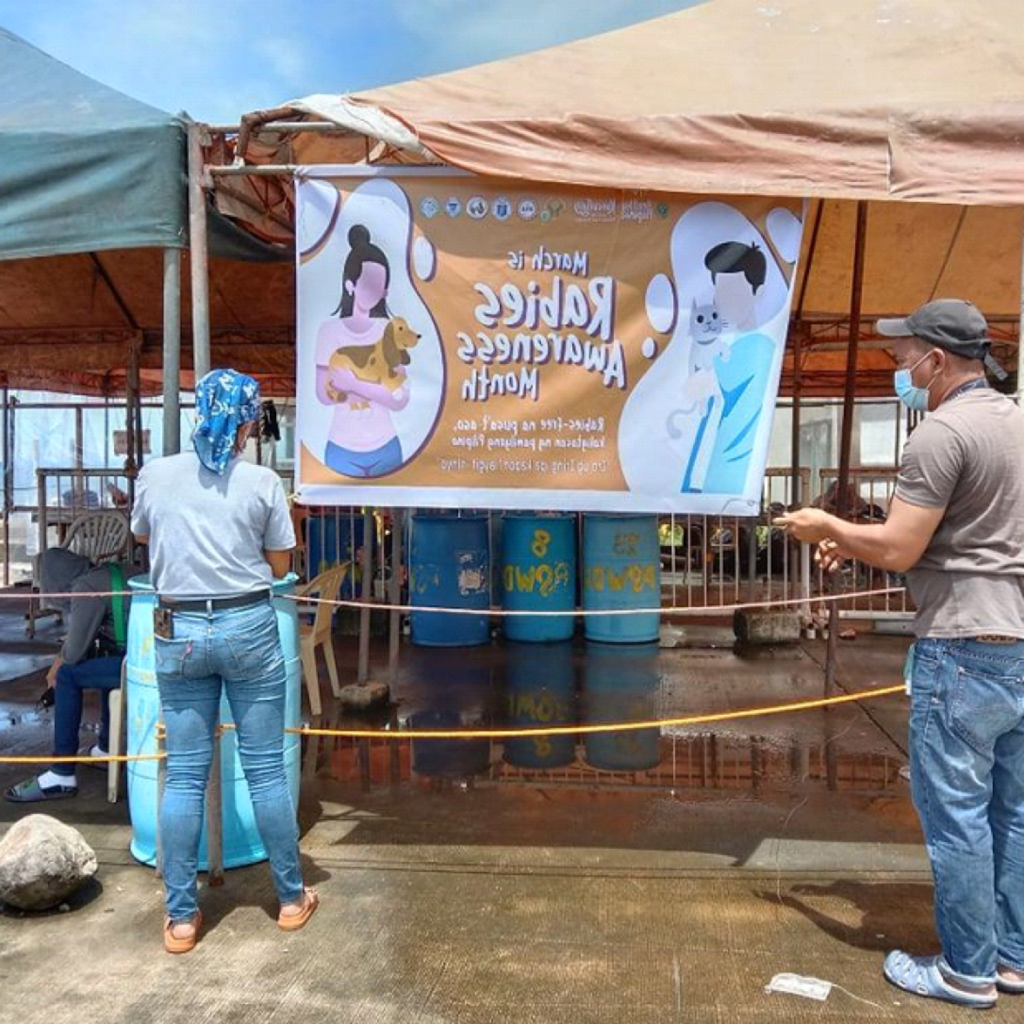
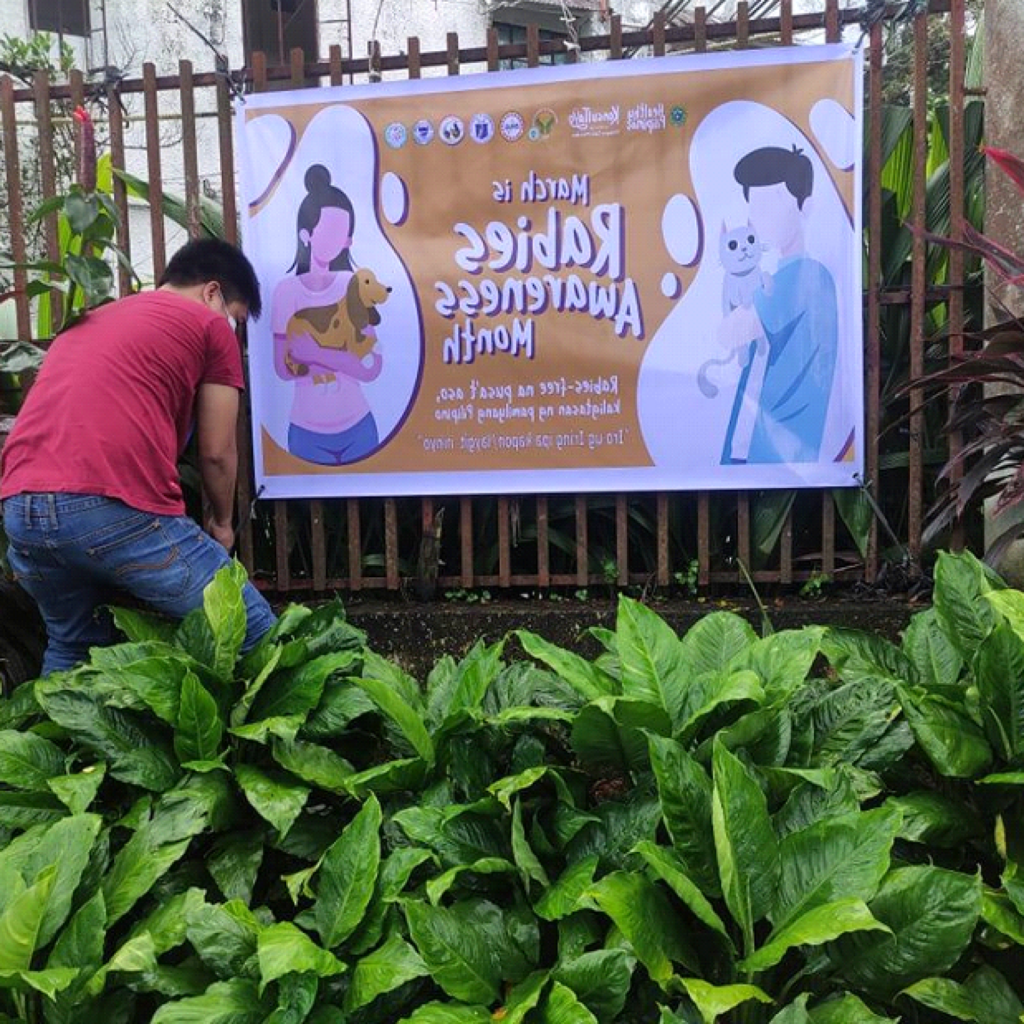
6. DOG/CAT SPAYING AND NEUTERING PROGRAM
Spaying and neutering is a procedure that involves the removal of the reproductive organ of an animal. It is adopted into a project in order to curtail the rise of dog population as one of the components of the Rabies Control Program of the province. Having this project, it is highly expected that the rise in the population of stray dogs in the province will be cut by at least 50% in that the incidence of biting and road accidents and out of stray dogs will be lessened.

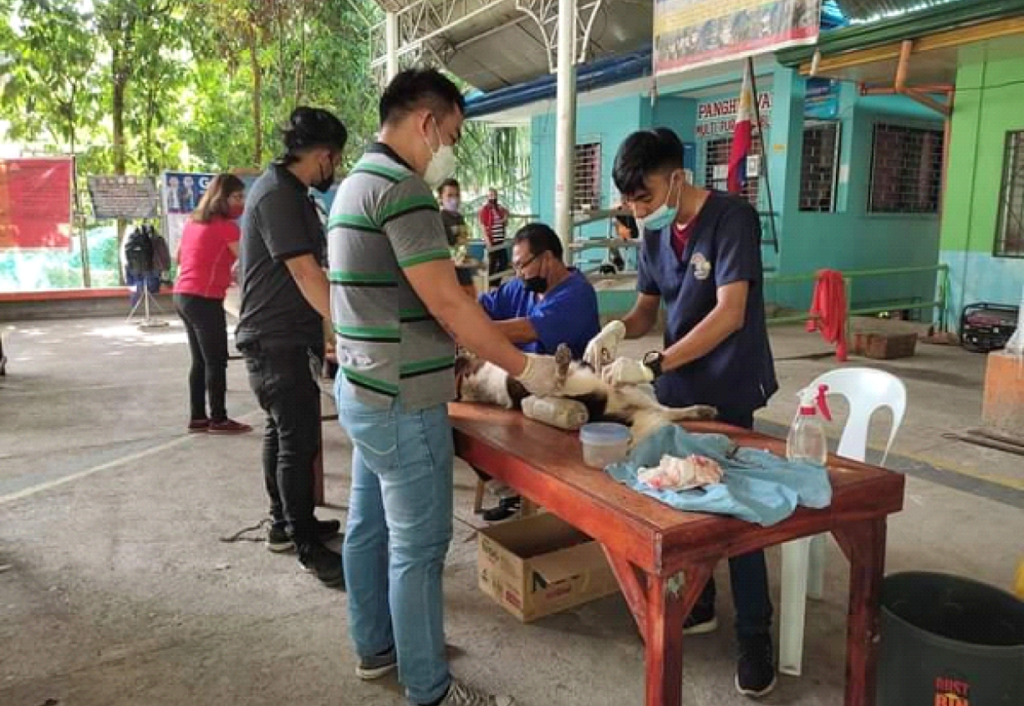
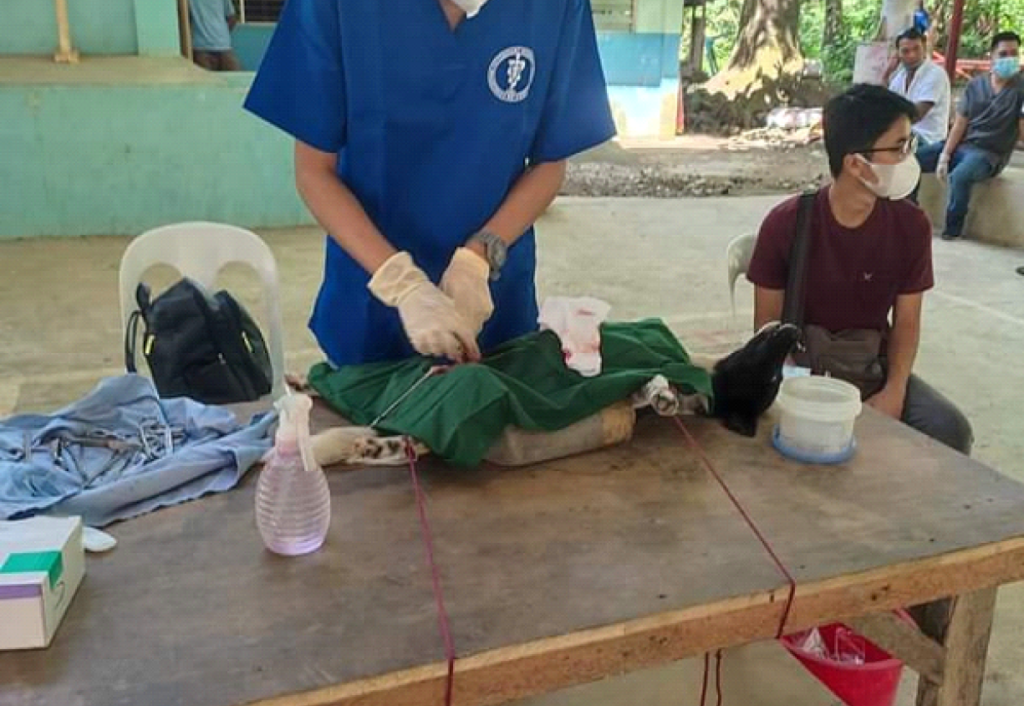
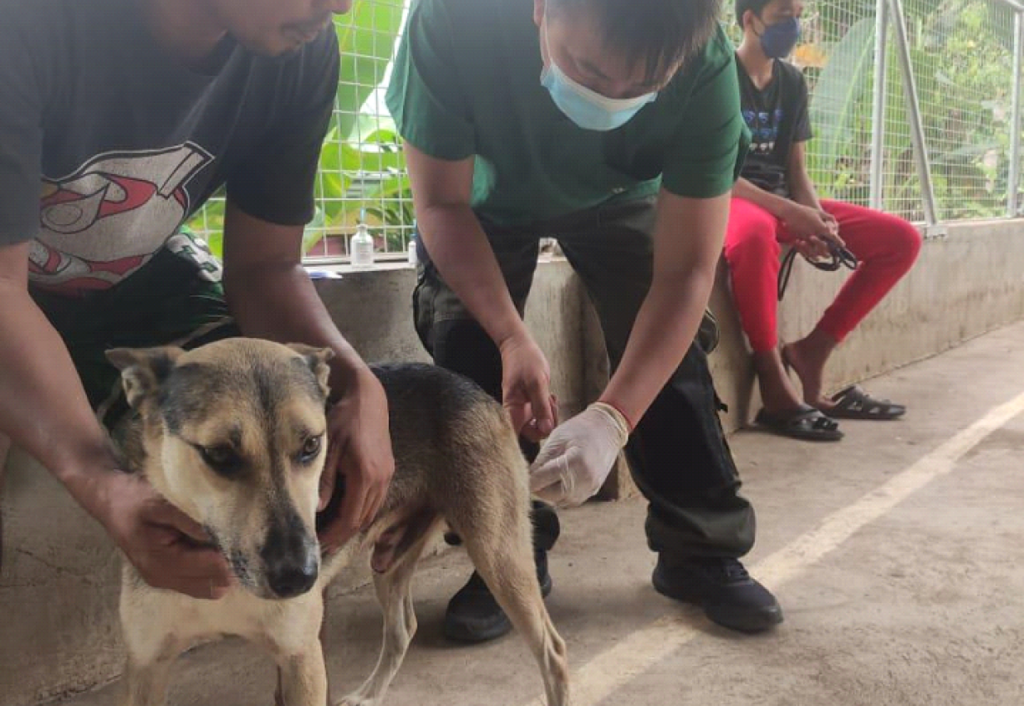

7. AVIAN INFLUENZA PROTECTION PROGRAM
The project is the concerted effort of the Province to join the country and the whole world’s concern in combating this dreadful Avian Influenza virus. It is aimed to establish and promote a regular standard monitoring and surveillance over this phenomenal disease, formulate measures that will effectively combat the disease, and protect and promote the health, safety and general welfare of the populace against the disease.
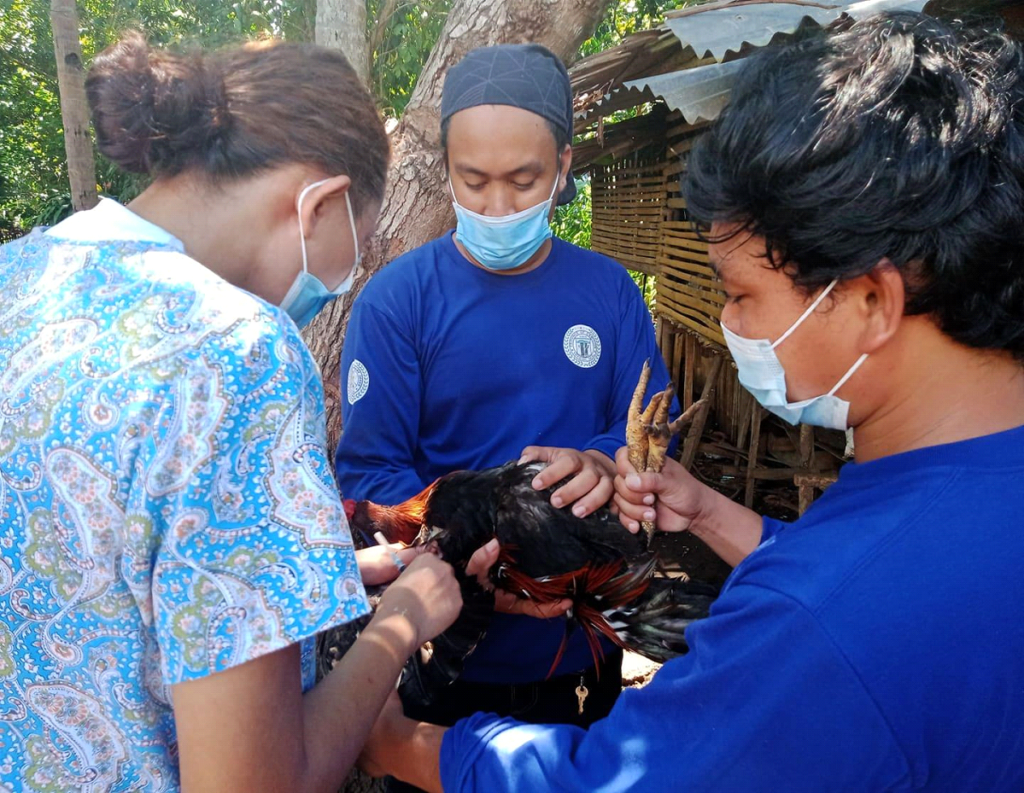
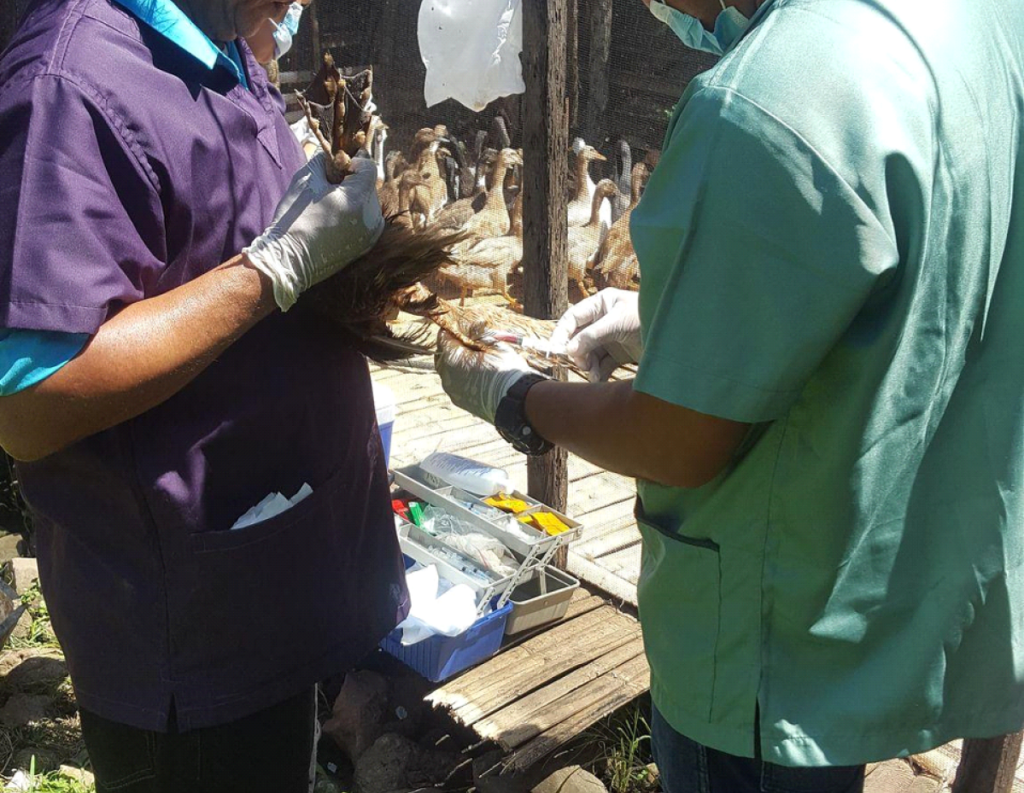
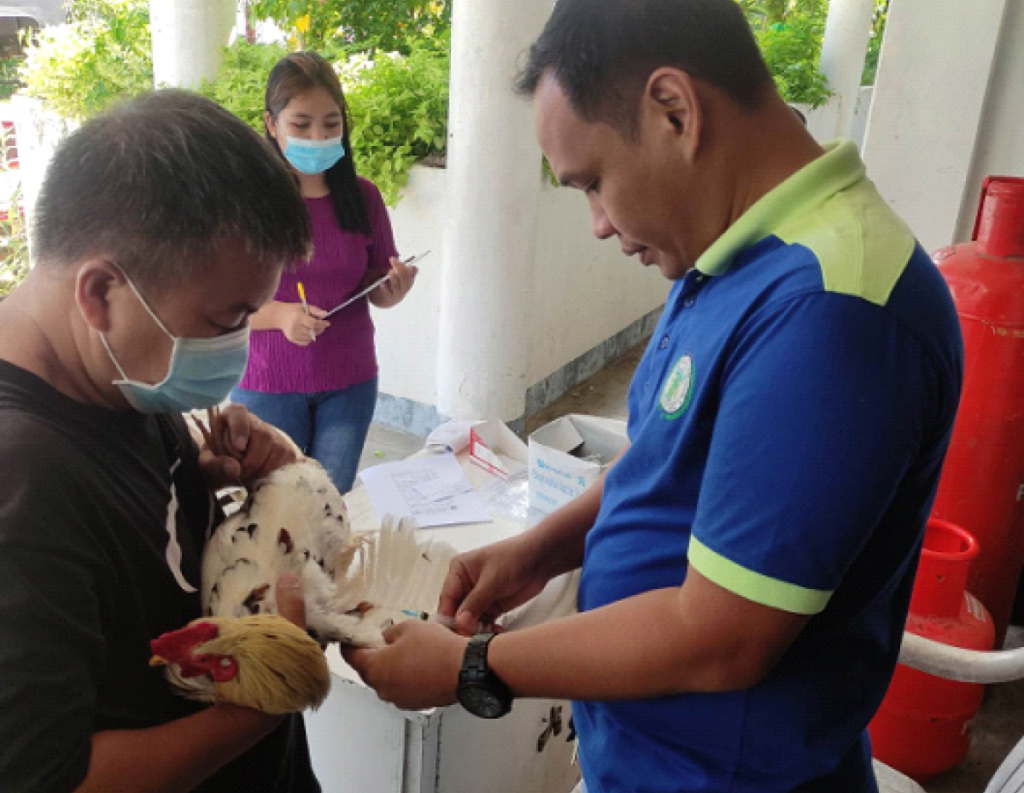
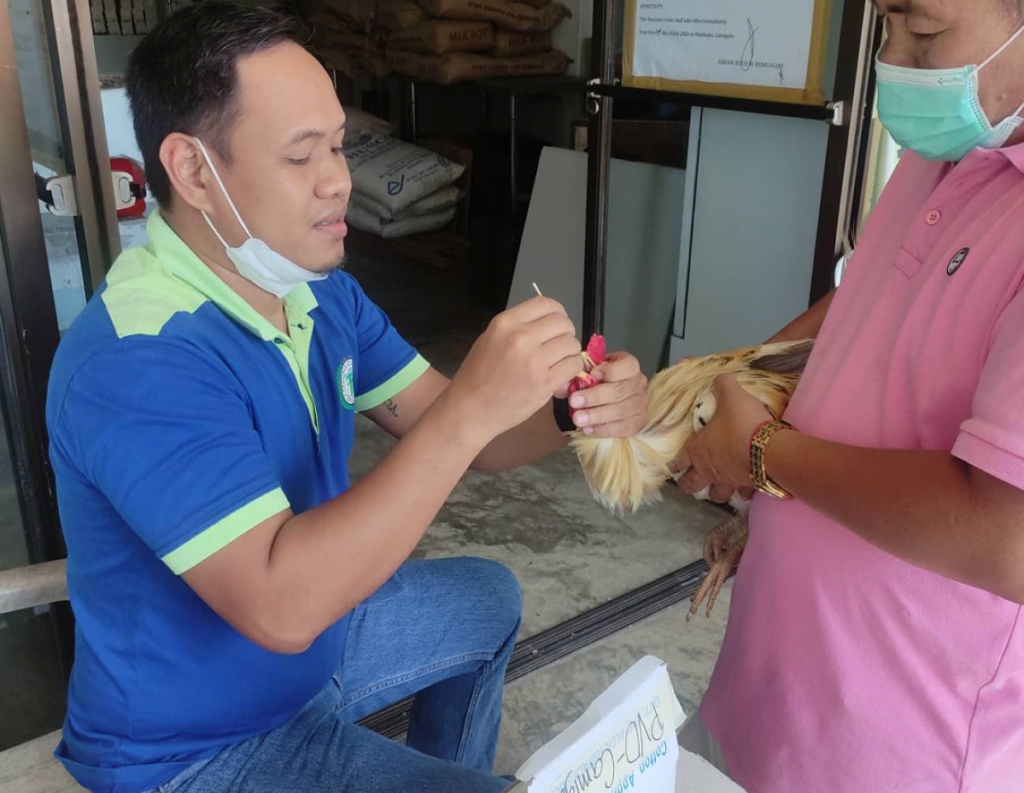
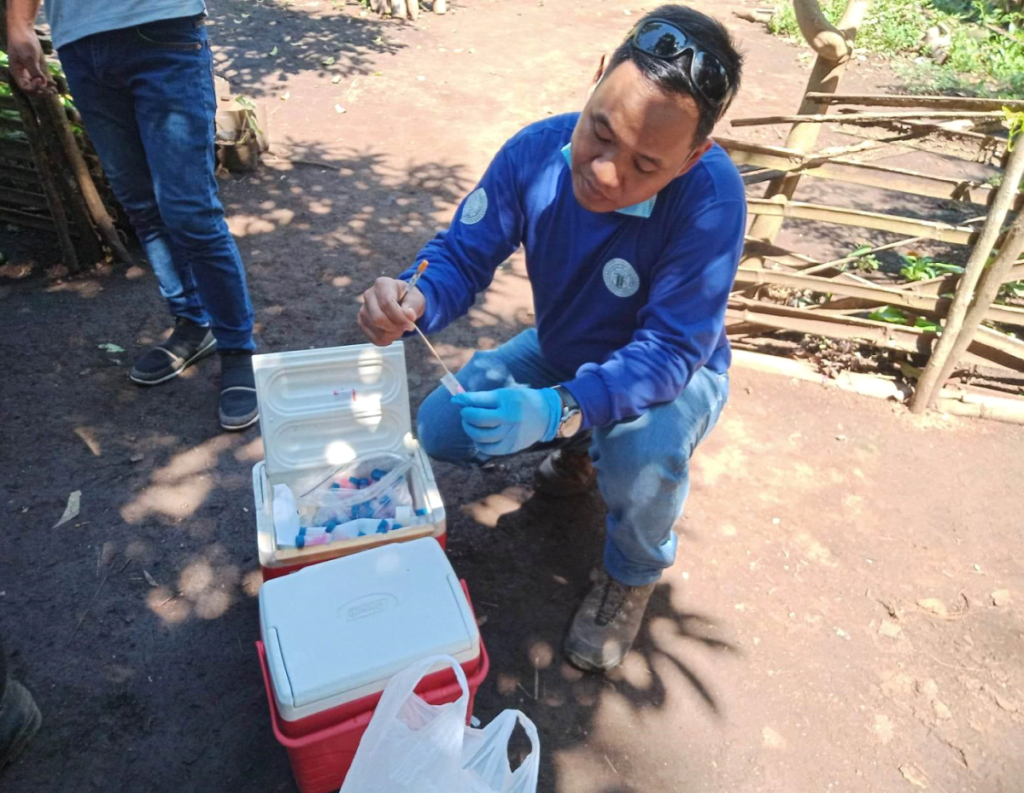
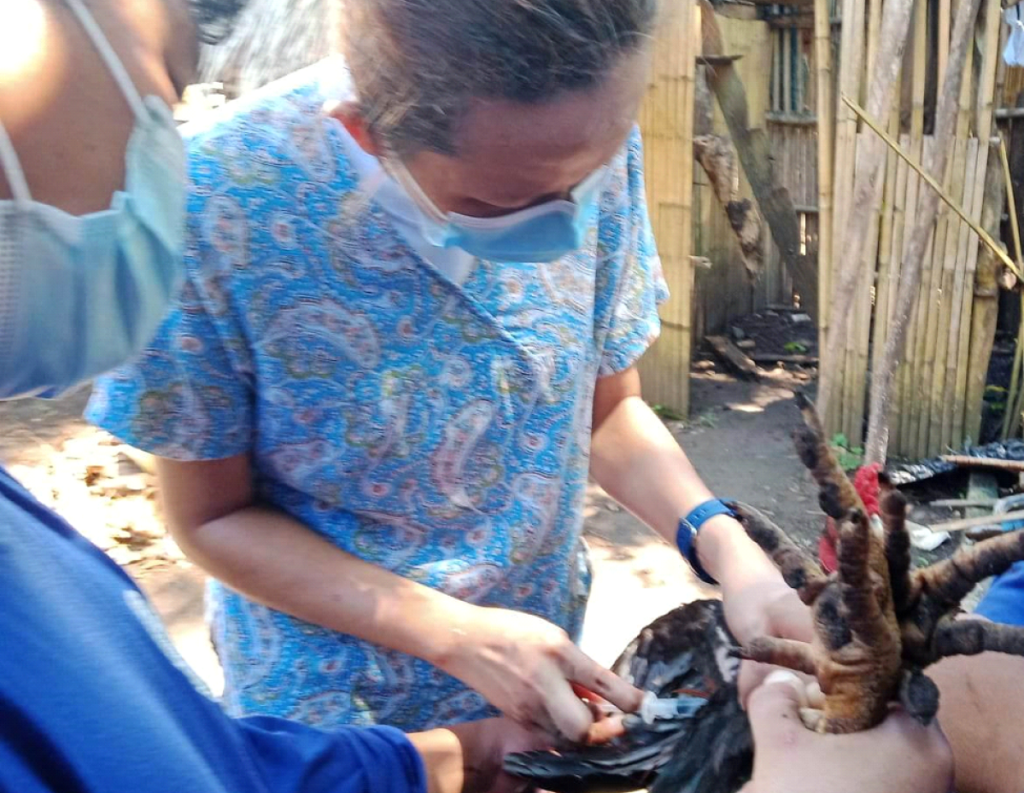
8. STRINGENT VETERINARY QUARANTINE MEASURE
Installation of veterinary quarantine is within the jurisdiction of the national government, but there was only one personnel assigned in the province. This is deemed insufficient to effectively enforce the requirement of the province to sustain its status as a rabies–free and Bird-Flu free province. Again, despite limited resources, the province has augmented the personnel for the purpose of implementing stringent veterinary quarantine measures to strictly observe incoming and outgoing dogs/cats, avian and other animals in all ports of entries in the island. Unvaccinated dogs/cats against rabies and/or without veterinary health certificates and shipping permits are confiscated in the port and will be quarantined for forty days. Owner of confiscated dogs/cats may redeem their pets upon payment of confiscation fee of P500.00. Avian and other animals without veterinary health certificates and shipping permits are also confiscated in the port
In accordance to the Meat Inspection Code of National Meat Inspection Service (NMIS), the office conducted ocular inspection to swine prior to slaughter to ensure food security and provide protection to the consumer for possible risks and hazards especially to the threat of African swine fever where the province currently affected.
Abide by the provincial ordinance, the office also conducted ocular inspection to female cattle for slaughter to ensure that they are not capable for conception and unfit for breeding.
Having all these programs and projects, the province believes that its livestock and poultry industry could sustain and surpass all challenges for progress and development continuity.
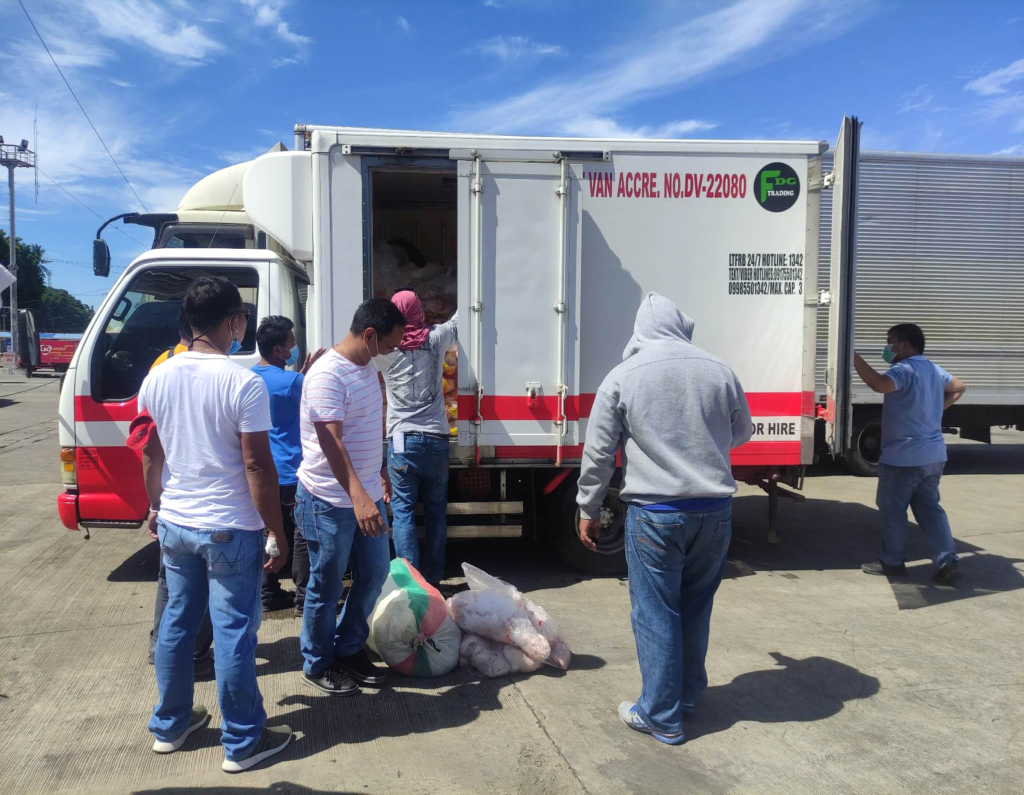
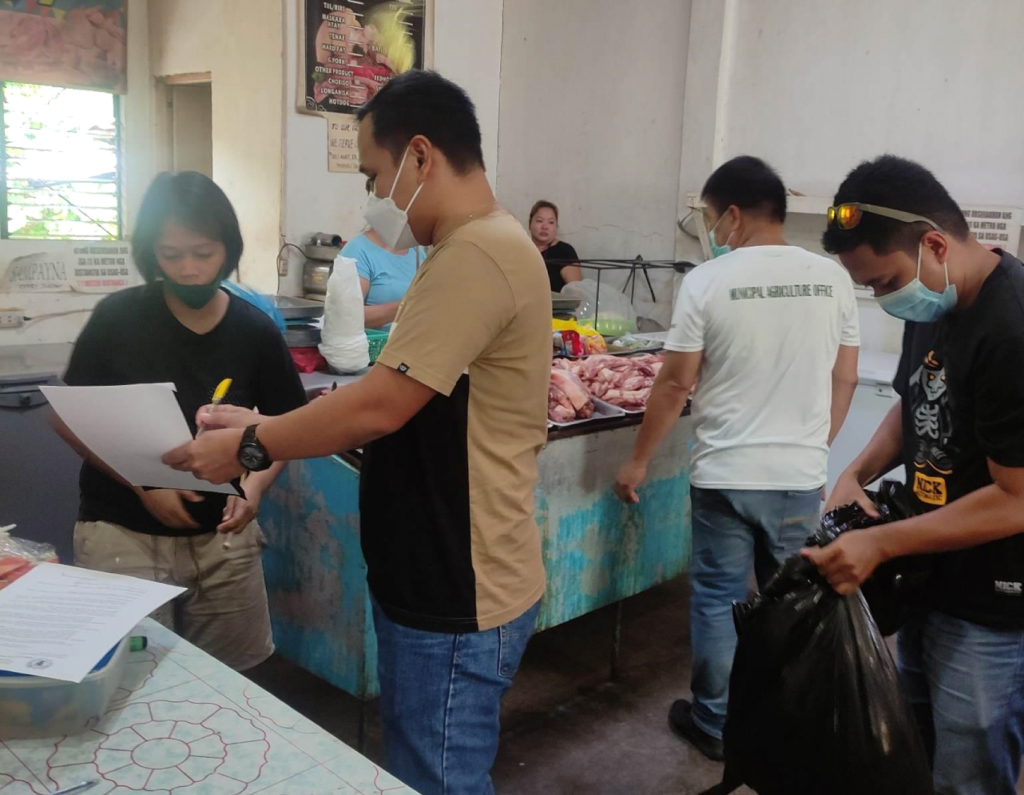
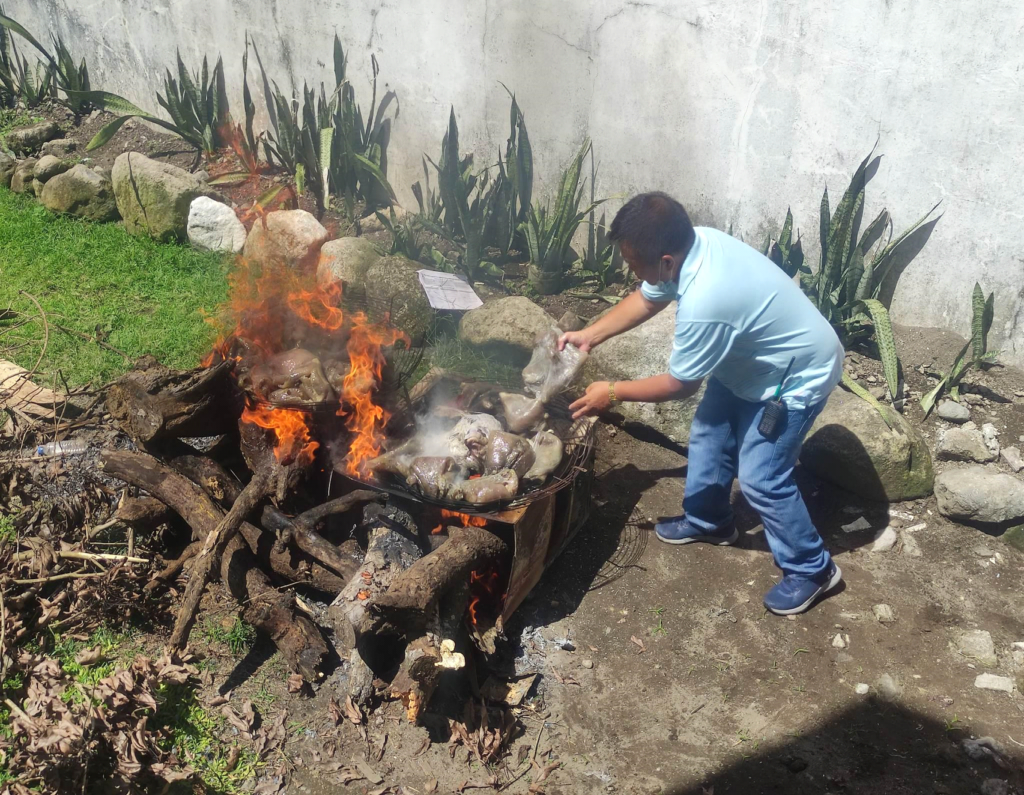
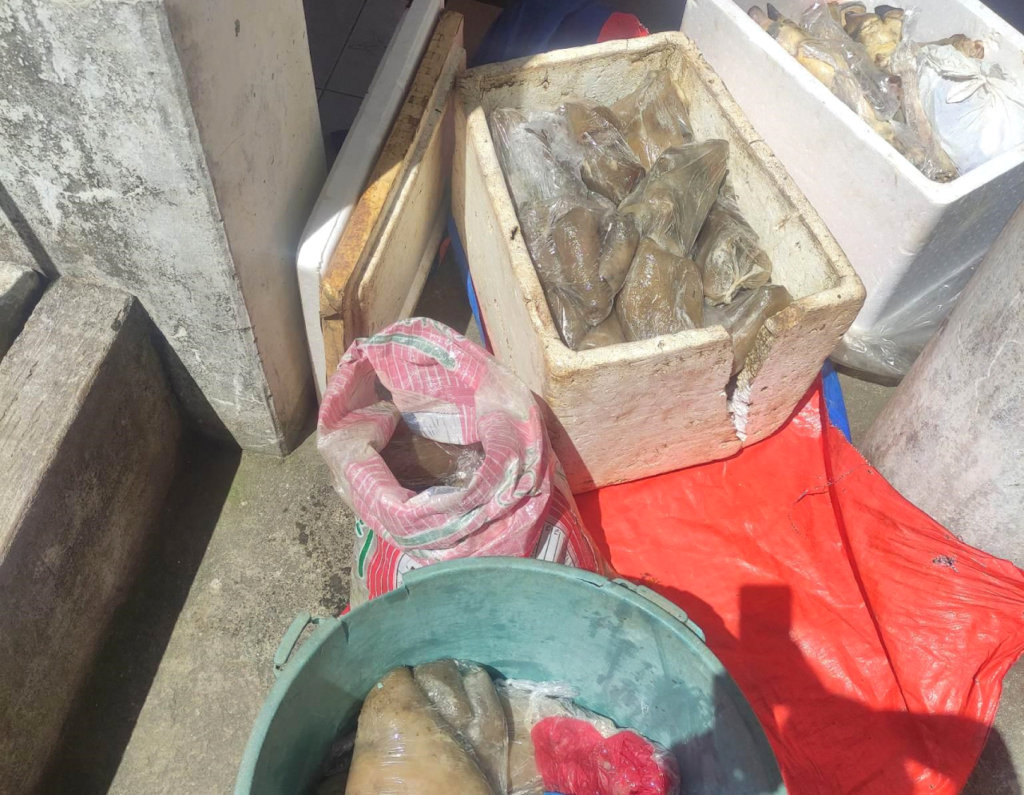
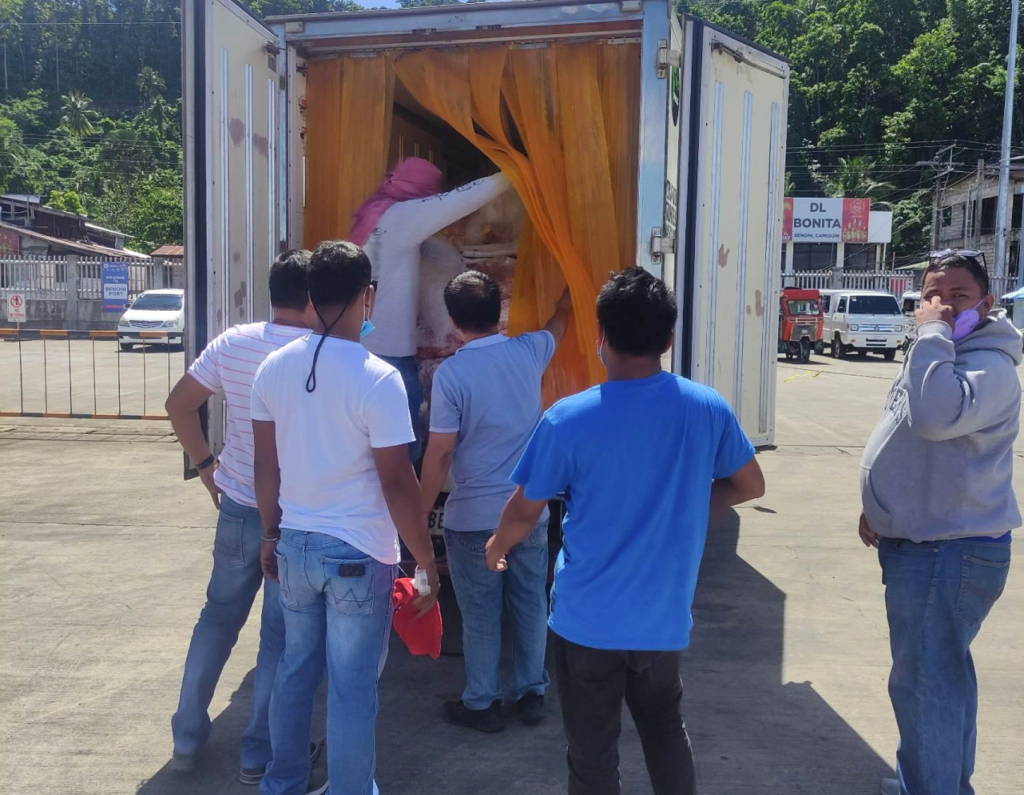
OFFICE OF THE PROVINCIAL VETERINARIAN
ORGANIZATIONAL STRUCTURE

LORDGIN V. GAMO, DVM
ADMINISTRATIVE SECTION
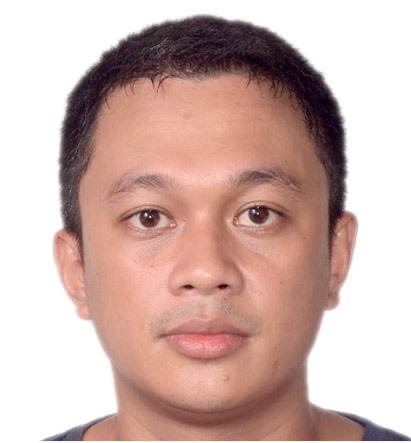
JASON M. MALIG-ON
VACANT
ADMINISTRATIVE AIDE III
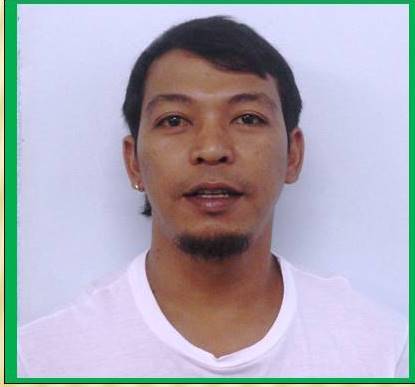
NOEL V.
BABAEL
VACANT
PRODUCTION SECTION
ANIMAL MULTIPLIER FARM DIVISION
ARTIFICIAL INSEMINATION CENTER/
DIVISION
DAIRY FARM
VACANT

CHRISTOPHER JISS C. TABOR
VACANT
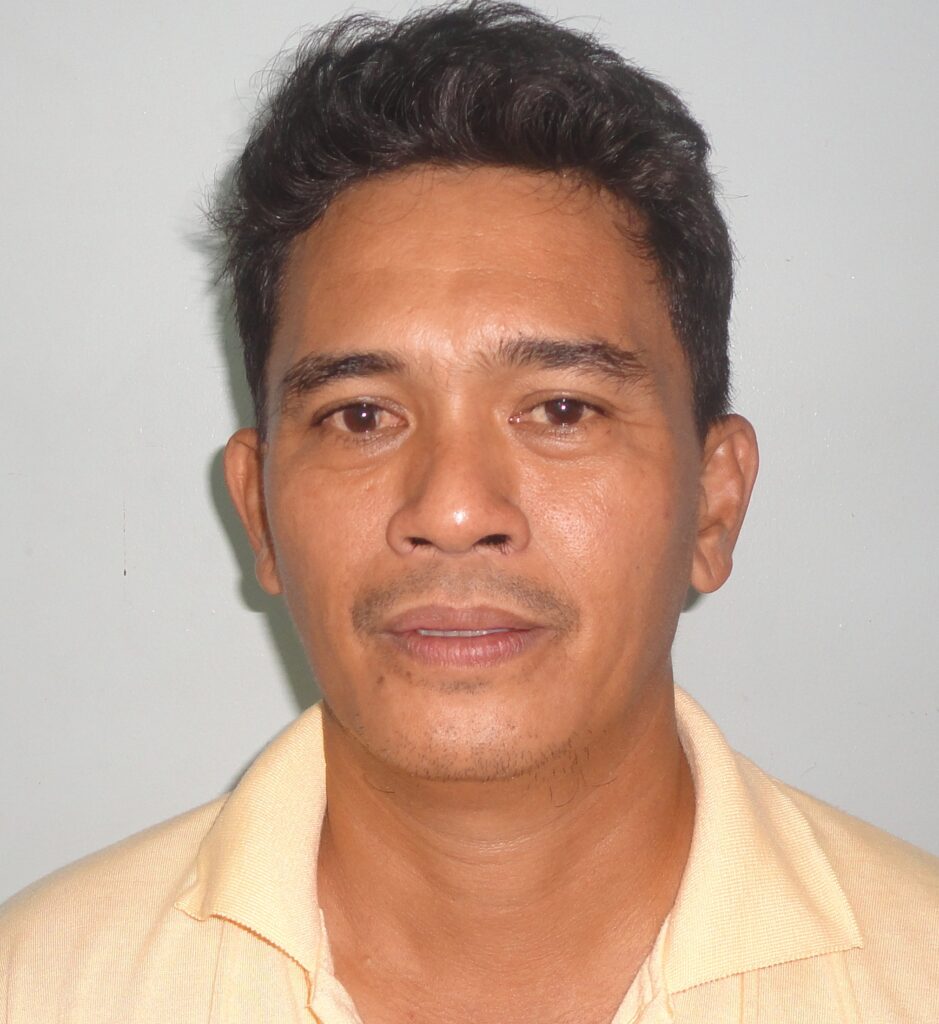
LUCITO A. BABANTO
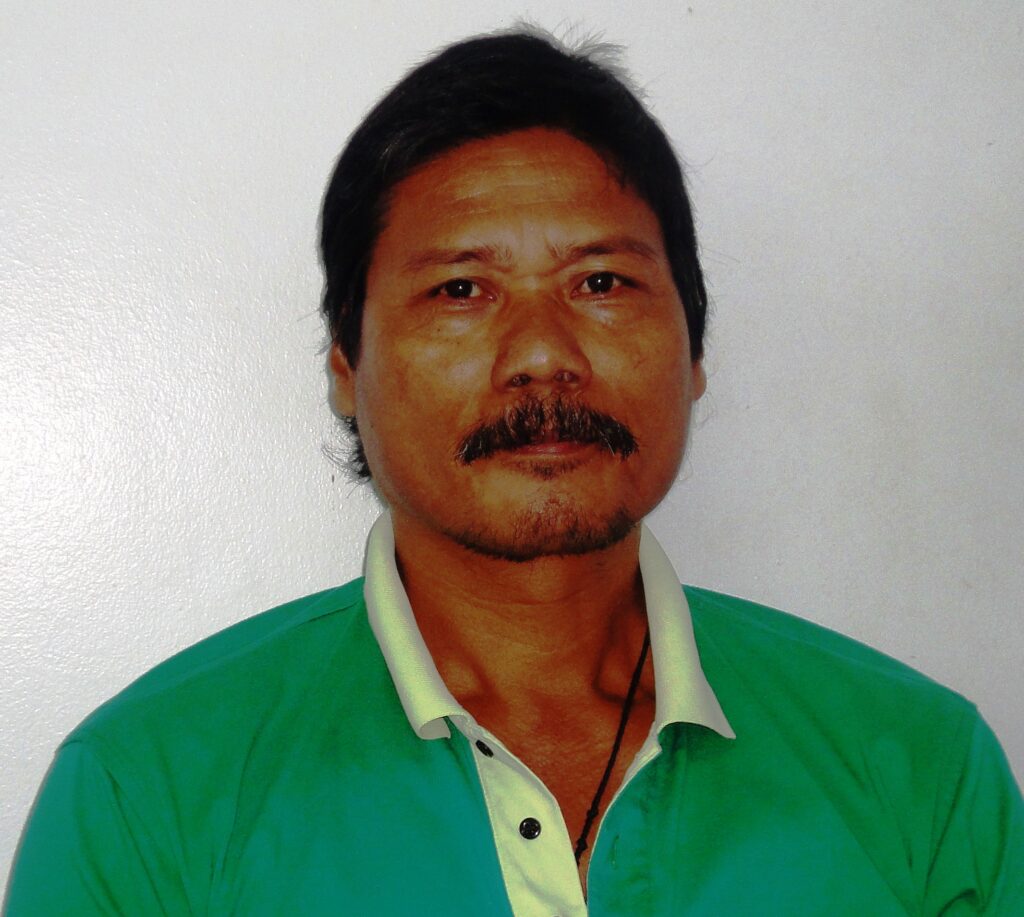
FELIPE R.
UBA

ROWLAND M. AWITEN, DVM
REGULATORY
/QUARANTINE SECTION
DISEASE PREVENTION/ PROTECTION SECTION
LABORATORY/
RESEARCH SECTION

MARILYN G. ODAL
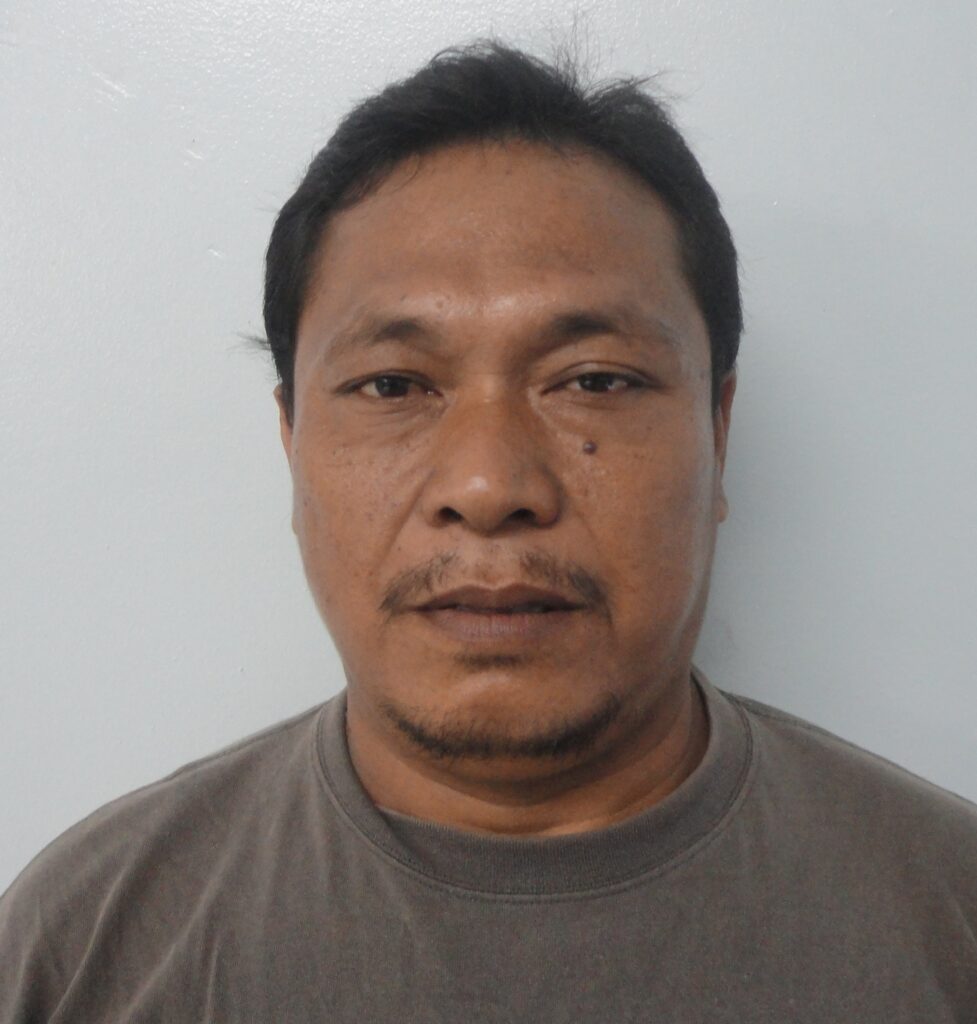
TITO B. OCLARIT
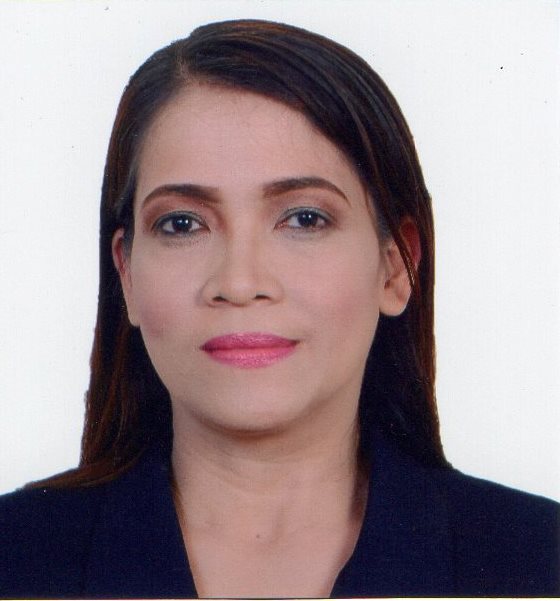
ROSE R. BALLOS
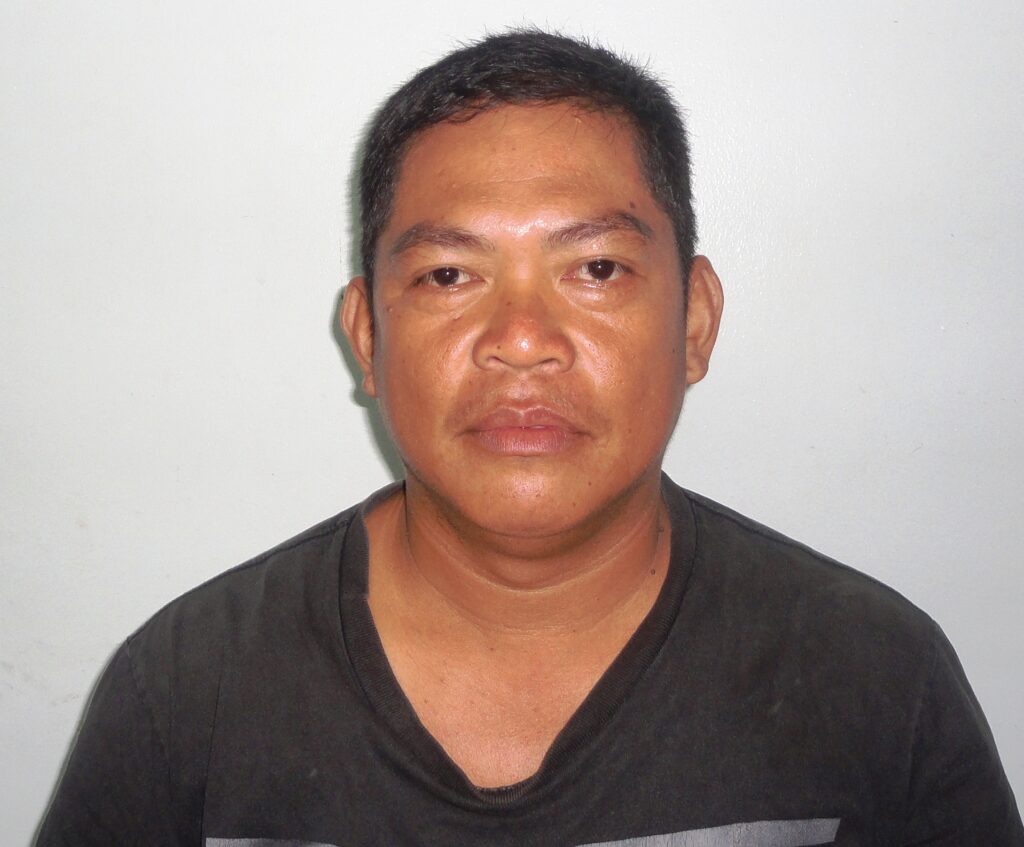
NELSON LL. ABIAN
ADMIN. AIDE I
Legend
- Filled Up
- To be hired in 2022
- To be hired in 2023
- To be hired in 2024


